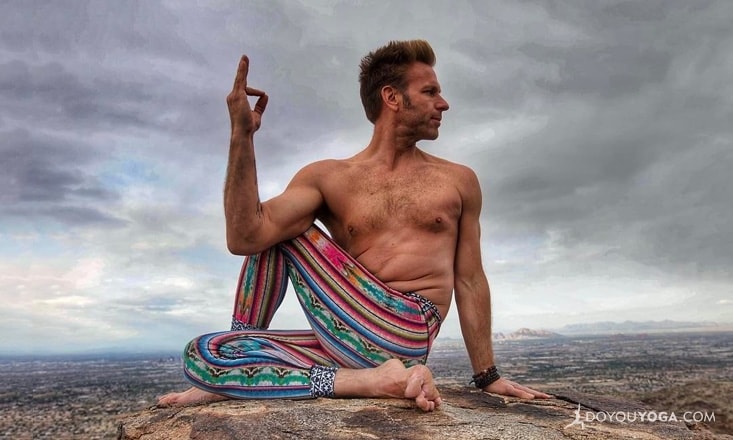If we’re lucky, we’ll all experience the indignities of aging: aching joints, reduced circulation and mobility, mental fog…the list goes on. Exercise can cure all manner of ills, but yoga works a particular kind of magic on a body past 40.
I know—you might be saying, “40’s not that old!”, and you’d be right! But different parts of our bodies start deteriorating at vastly different rates. Our lungs and brains call it quits first and start aging at 20, our skin starts aging in our mid-20s, and our organs do a pretty great job, with our liver and kidneys starting to age at 70 and 50 years, respectively.
Of course, aging is unique to each individual, and all the things we do in our everyday lives can increase or decrease the rate at which different parts of our bodies age—or at least, we can mitigate some of the symptoms. Aging doesn’t have to be a burden, and many practitioners testify that yoga is their secret to walking into the latter half of their life with grace and joy.
Here are just some of the reasons to practice yoga in your 40s.
To Maintain Muscular Tone and Flexibility
Our bones start aging at 35 and our muscles at 30—this can lead to deterioration of joints and ligaments, making us feel stiff and less mobile. Yoga combats these symptoms by helping you maintain tone and flexibility in your muscles, making you more resistant to injury when keeping active and fit.
If you find yourself injured—and thinking that your younger self would have been bouncy as a rubber ball while your older self just can’t seem to shake the soreness—yoga is the perfect way to rehabilitate and gently keep your body moving while you recover. It’s the perfect way to stay active while keeping your exercise low-impact and easy on the joints.
Studies have also shown that the weight-bearing aspects of yoga help prevent and even counteract the effects of osteoporosis, keeping you from losing bone density. Yoga demonstrably improves your balance, making you much less likely to fall or injure yourself in an accident. So practicing yoga makes you less likely to injure yourself in the first place, but better able to recover even if you do.
To Improve Spinal Health
One of the major musculoskeletal groups that yoga keeps limber is your spine and its associated muscles. Spinal health is essential to our day-to-day mobility—if we have a painful or stiff spine, which is more likely as we age, we tend to be less active, we gain weight, and we may start to lose our flexibility and plasticity in the accompanying muscles and joints.
By practicing yoga that includes twists and back bends, we pay special attention to our spinal health, which is really the essential piece to keeping our entire body younger for longer.
To Keep the Mind Sharp, Clear, and Focused
We may also find it more difficult to hold onto details, facts, and faces as we age—the mental focus, clarity, and meditative aspects of yoga can keep your mind sharp, your anxiety low, and your mood boosted.
Maintaining a positive outlook is essential to aging well and staying healthy because as many studies have shown, our mind, our immune system, and our health are all inextricably linked.
Our lungs (along with our brain) are the first to go as we grow into our early twenties, and as we all know, one of the most essential tenets of yoga is steady, calm, movement-oriented breath. The breathing aspect of yoga can keep this relatively delicate organ elastic, functioning at full capacity, and clarified from pollution particles.
Yin yoga and hatha yoga are especially outstanding yoga types to add into your yoga repertoire as you grow older if you’re already a practicing yogi, because these kinds of yoga focus especially on joint health and breathing.
If you’re new to yoga and want to join in on the fun to help you navigate some of the new joys that come with growing into an older body, start off gentle and work your up—I wouldn’t recommend jumping straight into a 90-minute hot power yoga class, but if that’s what floats your boat, feel free to challenge yourself.
Trying something new, bonding with a community, and having something to look forward to are all wonderful side effects of starting a yoga practice, and may just be the thing you’re looking for to spice up your exercise regimen as you approach your 40s.
Image credit: Gordon Ogden


